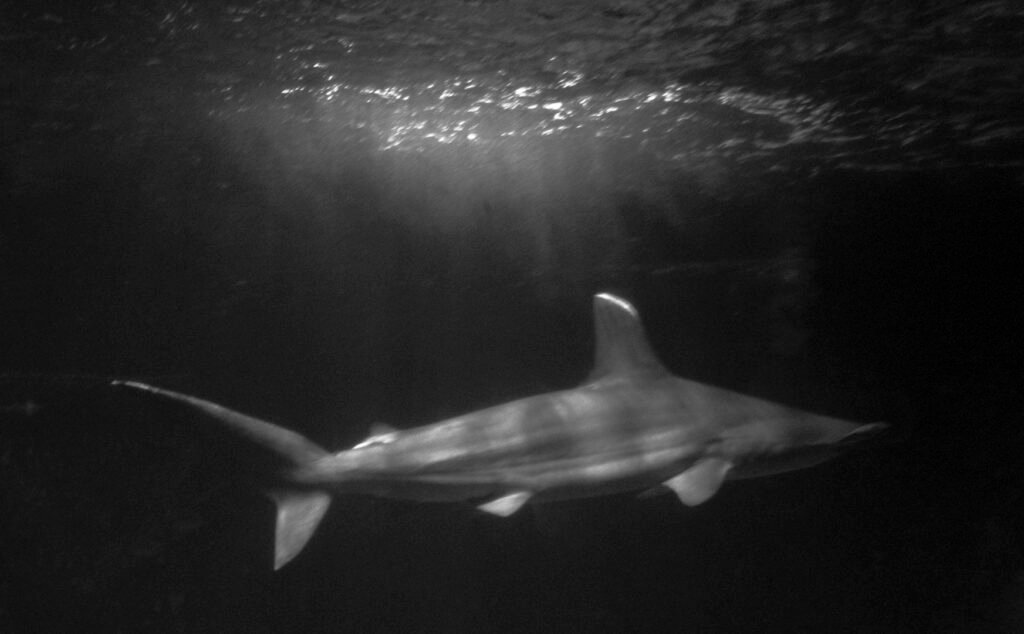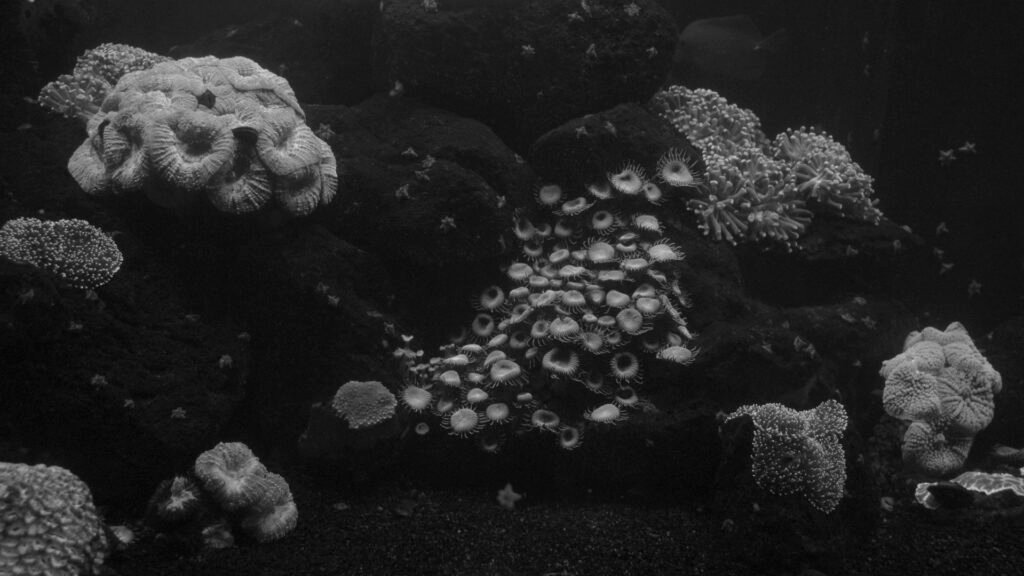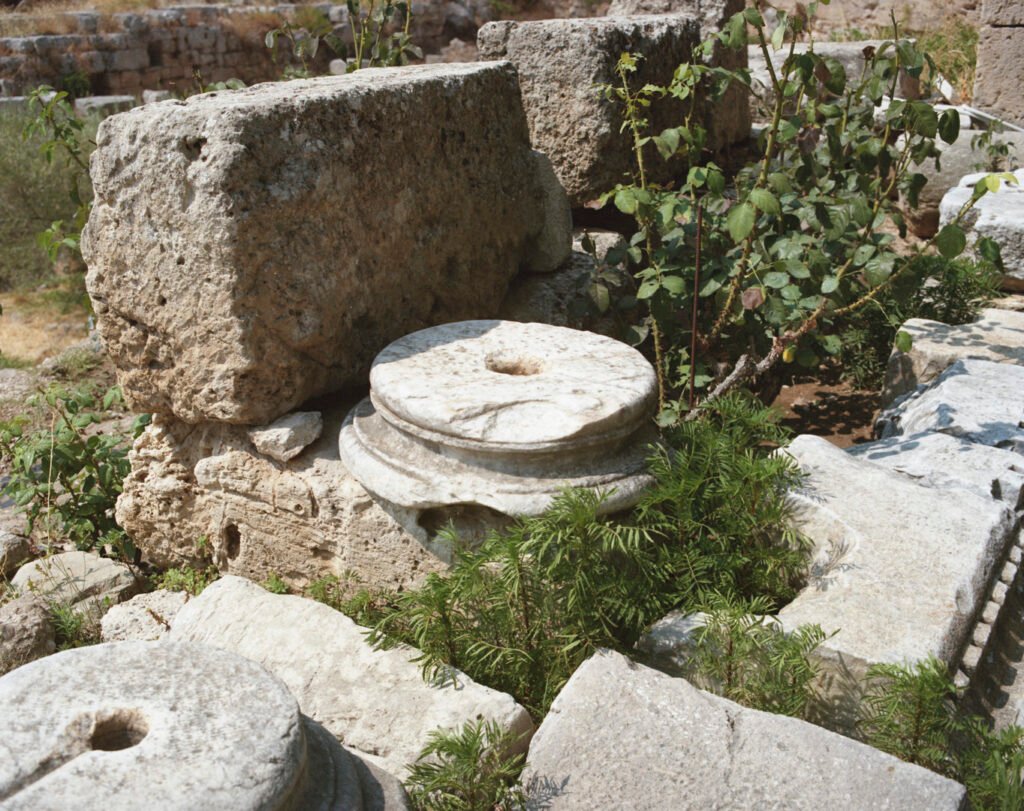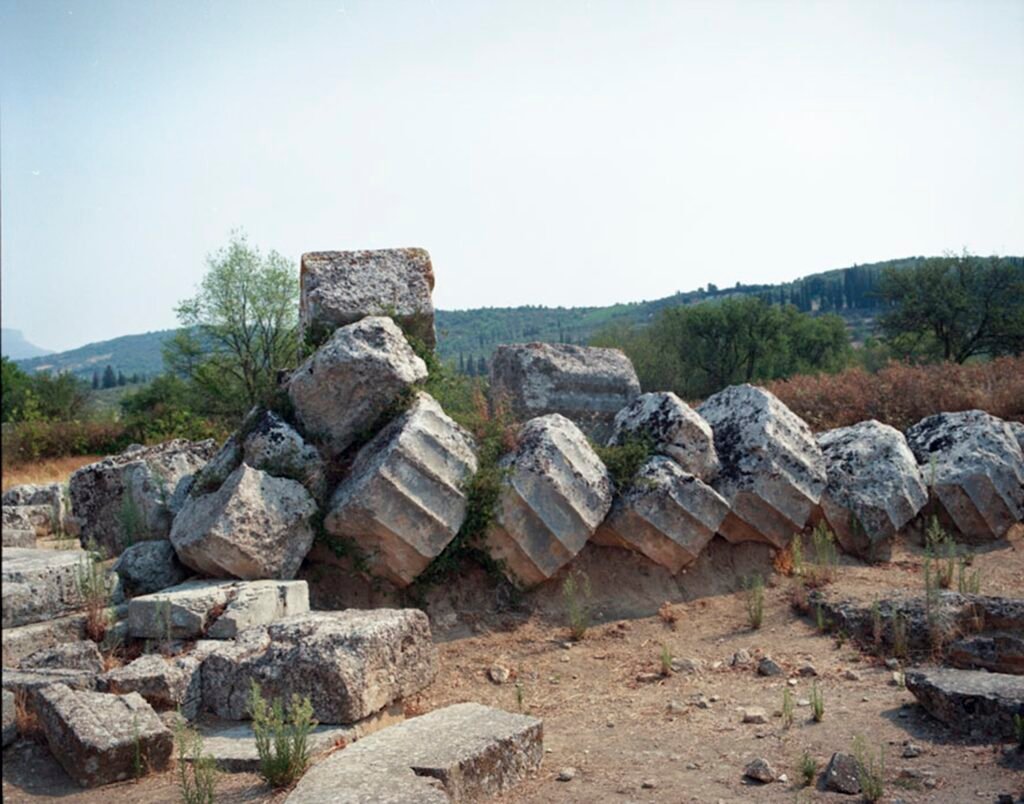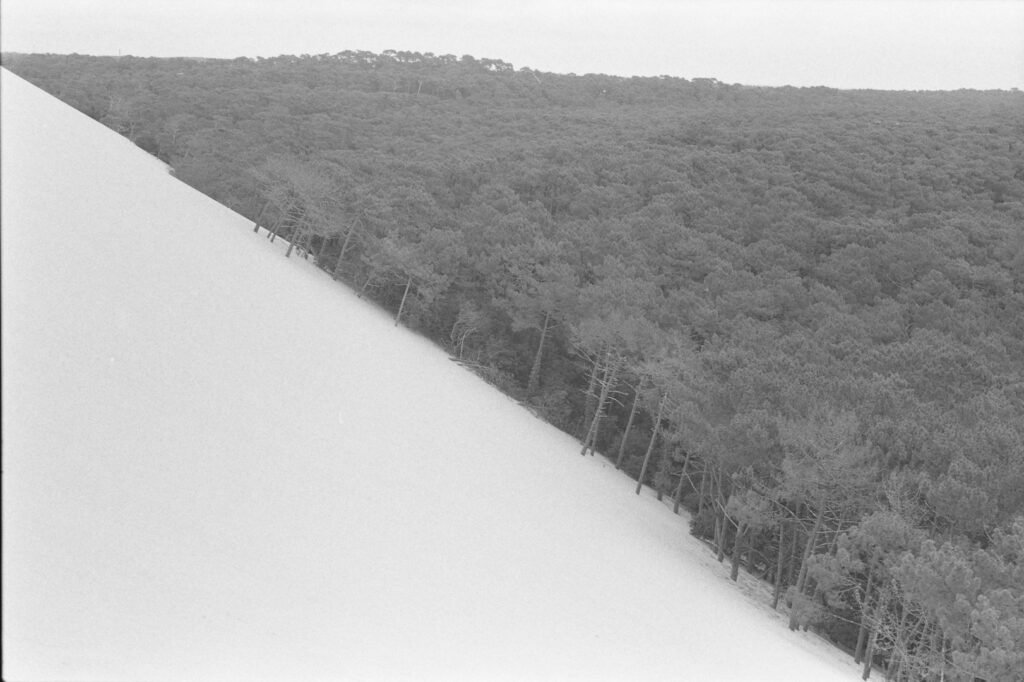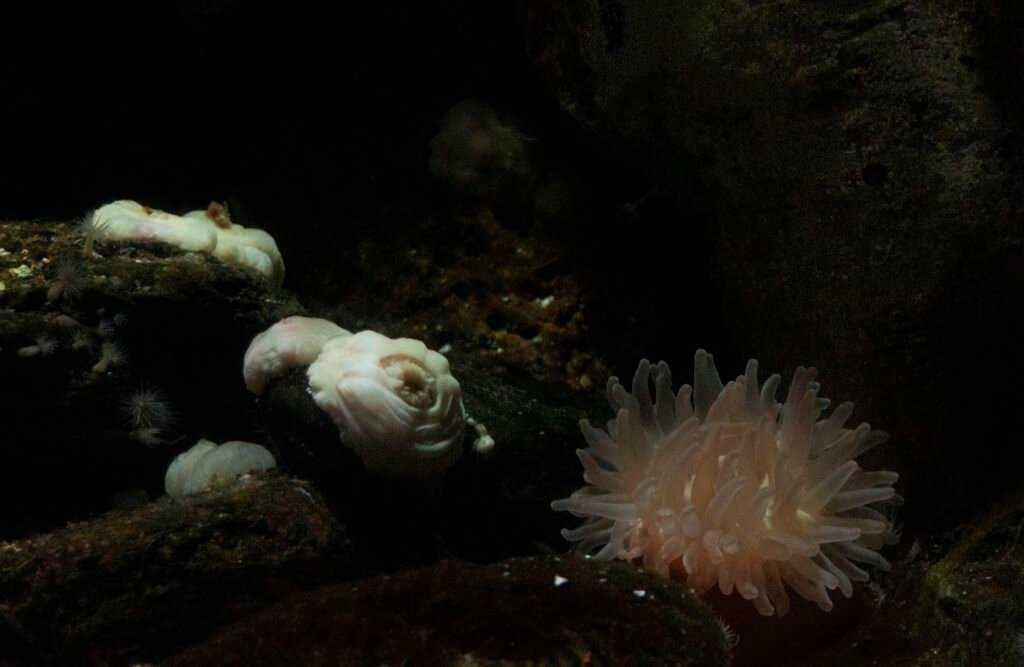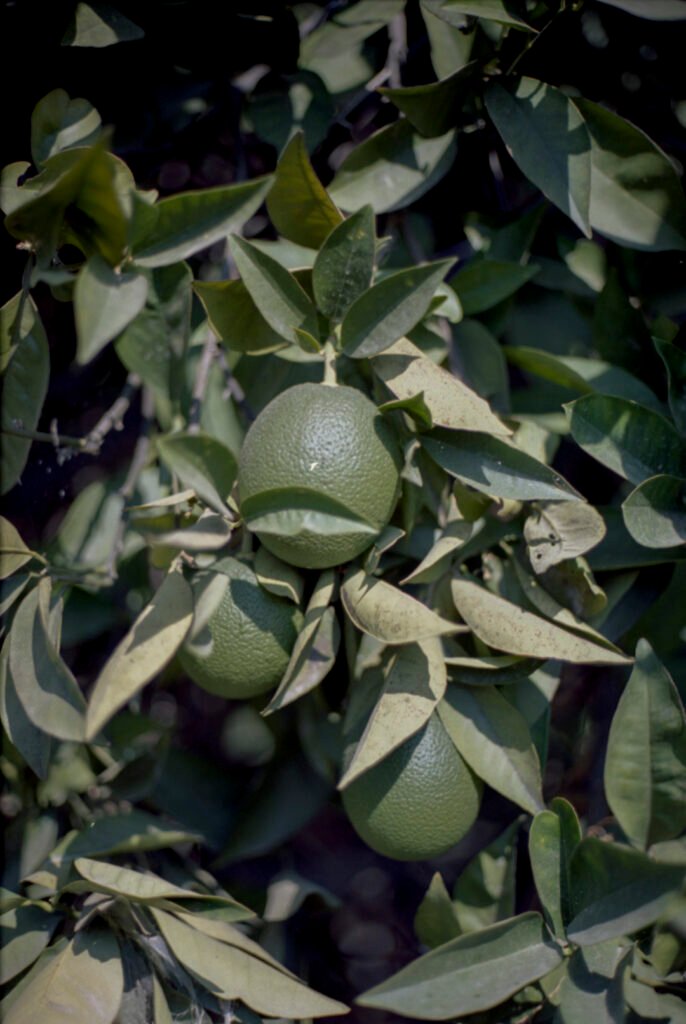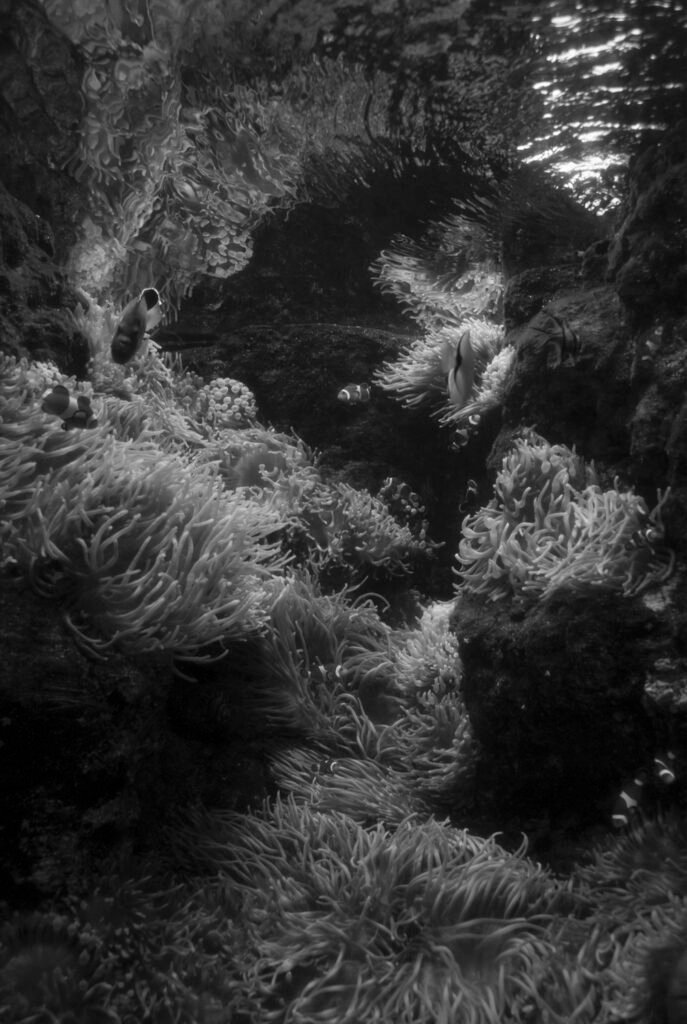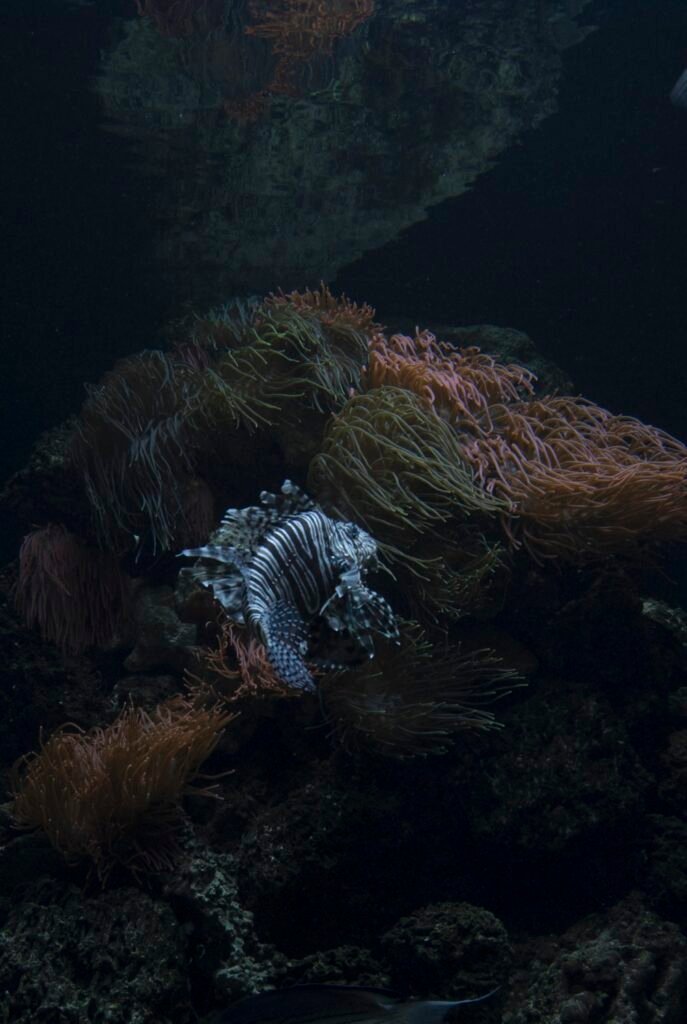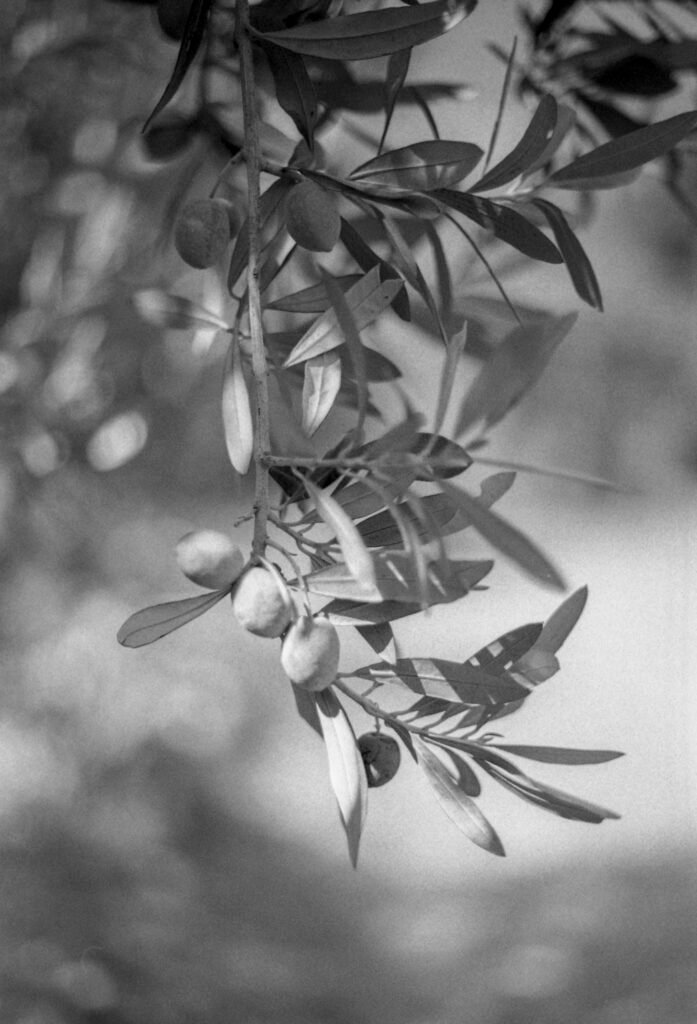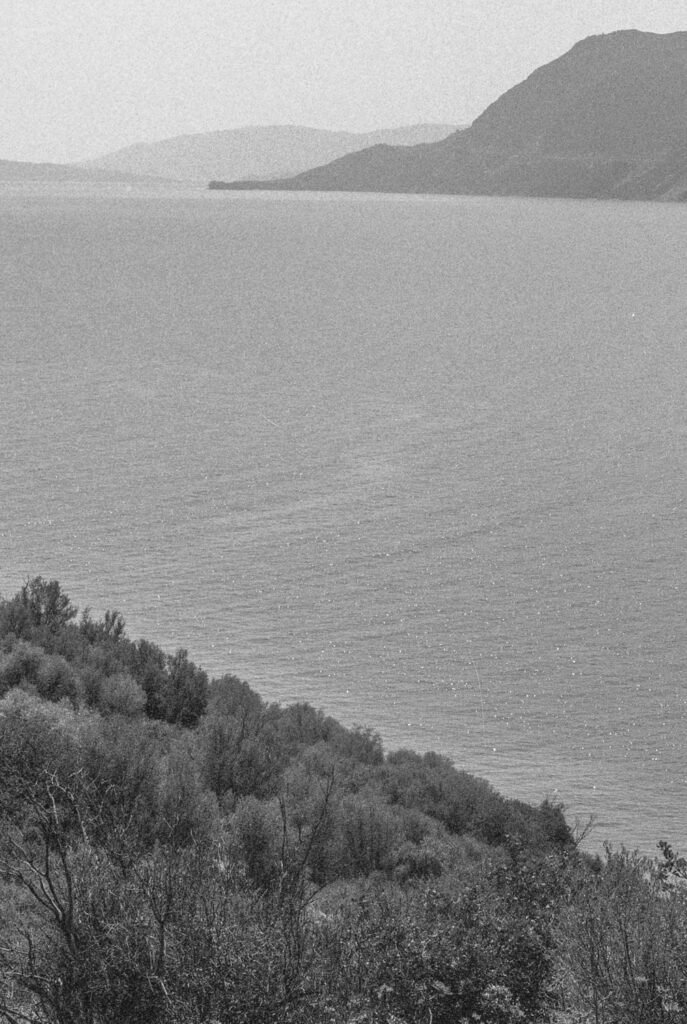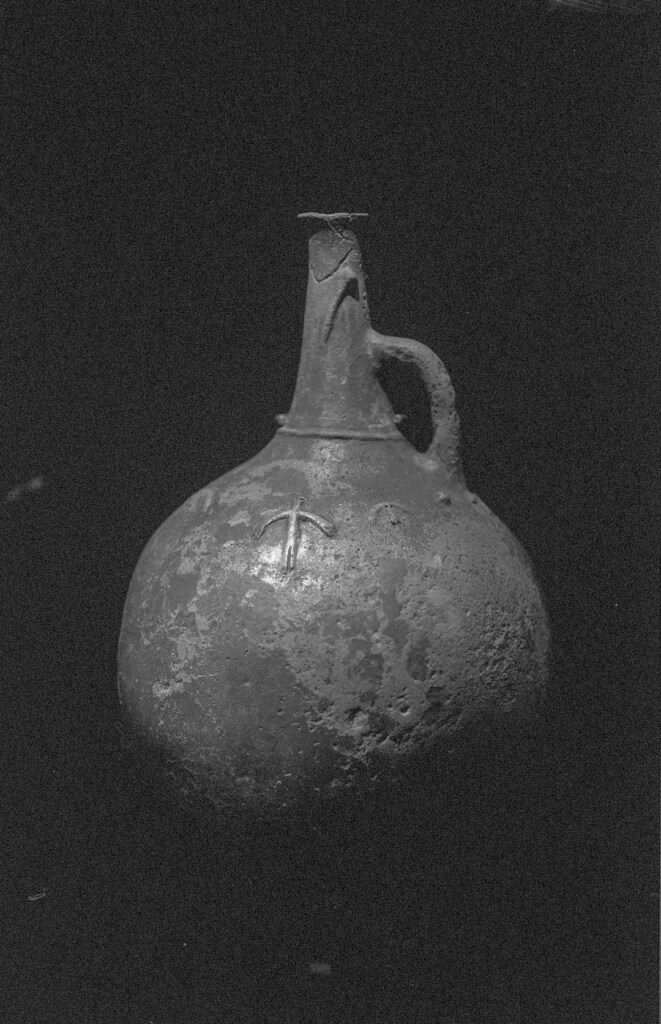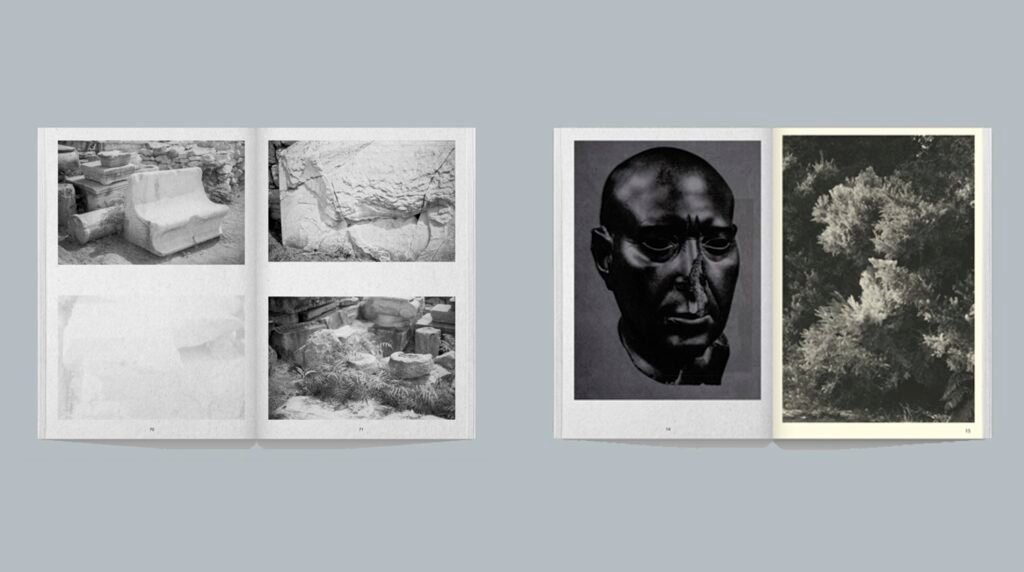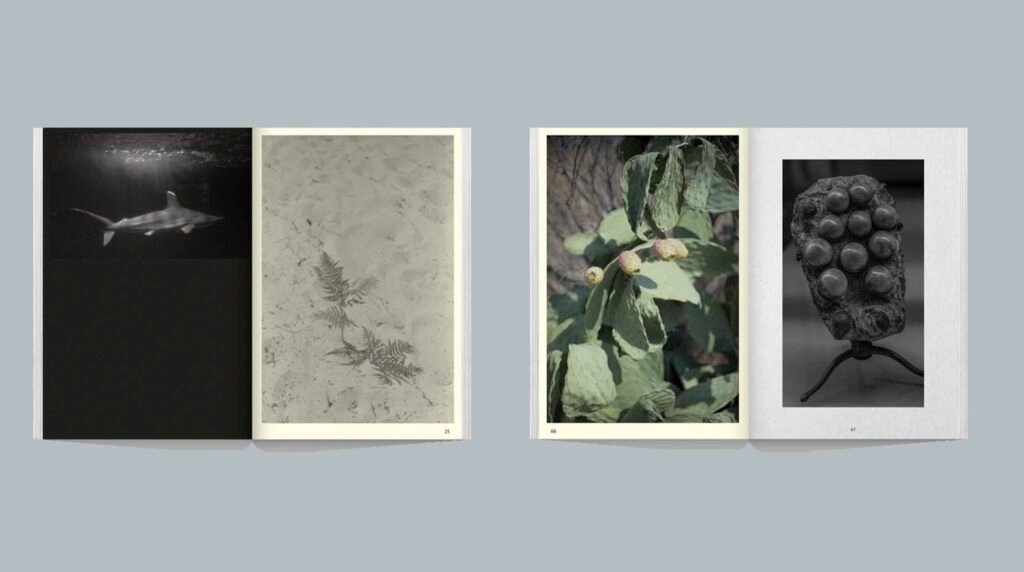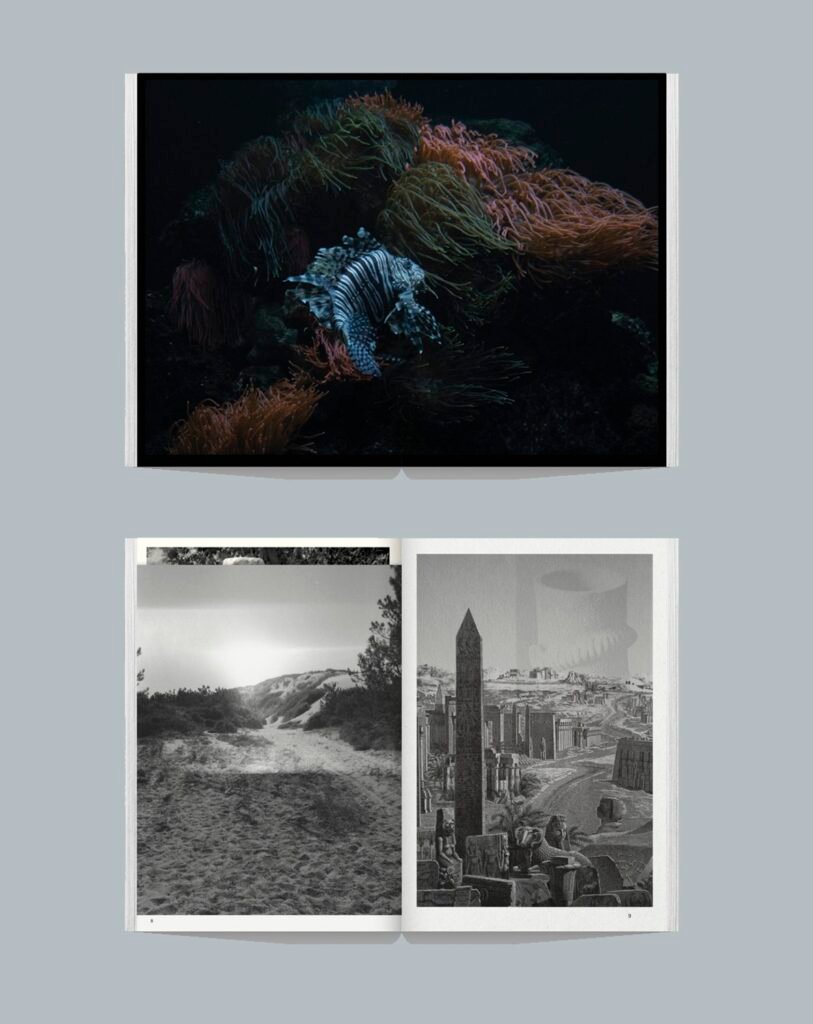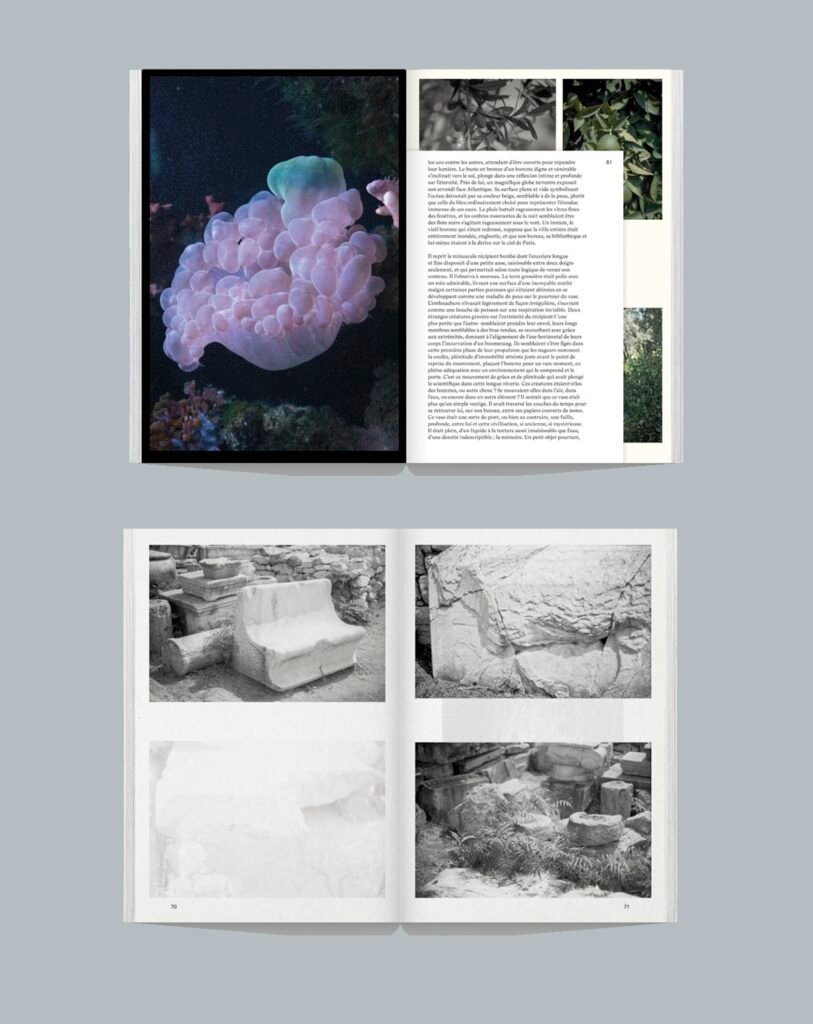Atlantis was the subject of a research residency at ISELP in Brussels. Part of the series was also exhibited at ISELP in the form of an installation during the group exhibition Réminiscences, from April to June 2025. It will be published as a photobook in 2025.
The Atlantis project is conceived as a continuation of Paradis, my previous project published by The Eriskay Connection. Like Paradis, the book ATLANTIS takes the form of a collection of images from various sources, all of which draw from the legend of Atlantis.
The myth of Atlantis, as told by Plato in the Timaeus and the Critias, describes a magnificent, vast, and prosperous island with fertile lands and abundant natural resources. Its inhabitants, descendants of Poseidon, lived in an organized society in harmony with nature. Over time, their ambitions led them to expand their empire and seek new resources, provoking the wrath of Zeus. As punishment, he unleashed a catastrophic event that submerged Atlantis beneath the sea. This myth continues to inspire archaeological theories and fictional narratives today.
With this photographic series—a free reinterpretation of the Atlantis myth—I aim to create a new narrative, composed of a photographic series and a science-fiction short story. Together, they form a reflection on lost paradises, collapse, and ruins, resonating with our contemporary era. This fiction of a lost paradise unfolds through a sequence of image associations. It is constructed through both the imagined vision of a wondrous territory and, in parallel, the vision of its submersion and the ruins that remain. Like archaeologists—explorers of the past who bring back fragments of civilizations that, by their very incompleteness, invite narrative speculation and nourish the imagination—I try to weave a thread between the known and the imagined, the clue and the invisible, the visible and the buried. What reaches us in incomplete form finds completion through fiction.
Archaeology and art history also create narratives, which I collect from their documentary productions, exploring the process of gathering artifacts from past civilizations and presenting them in museum collections. What time had submerged is thus brought back to light, exhibited, and assembled into coherent ensembles that fuel our imagination.
In the myth of Atlantis as we know it, two temporalities coexist: the idyllic present of this wondrous island, and its tragic future—its submersion by the sea. A paradise that carries within itself the seeds of its own downfall. In a time of disruption, when our narratives of progress are beginning to crack, new configurations allow us to imagine ways of thriving—or even proliferating—among the ruins, much like certain marine organisms that incorporate foreign elements into their environment. With Atlantis, what seems destined to vanish through submersion gives rise to unexpected forms. The series is thus built upon associations, blending disappearance, submersion, and resurgence. The underwater world, in contrast to the emerged and visible world, produces a dialectic through which to think about the Atlantis myth—between the natural, luminous world of the surface and the dark, unsettling universe of the ocean depths.
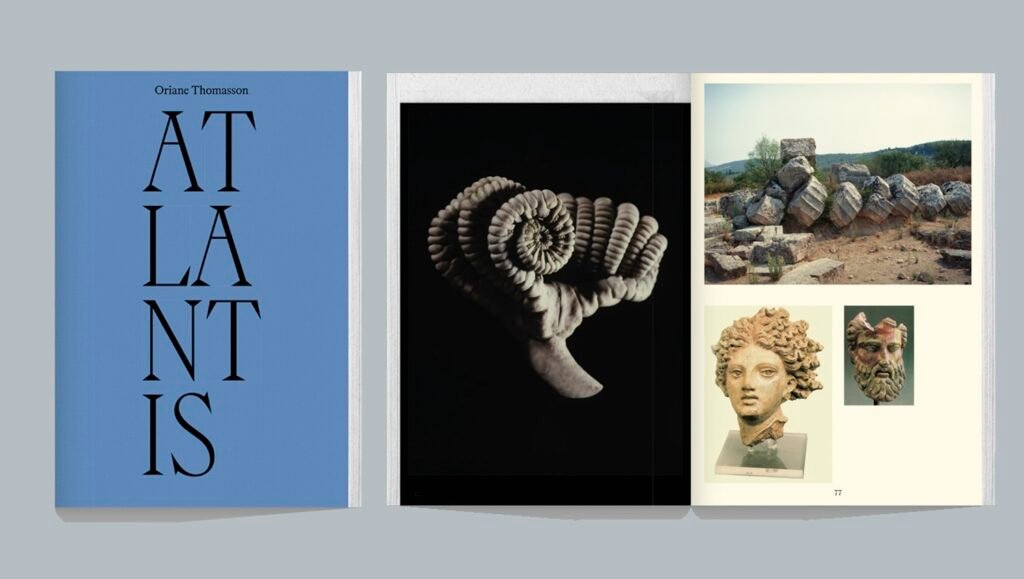
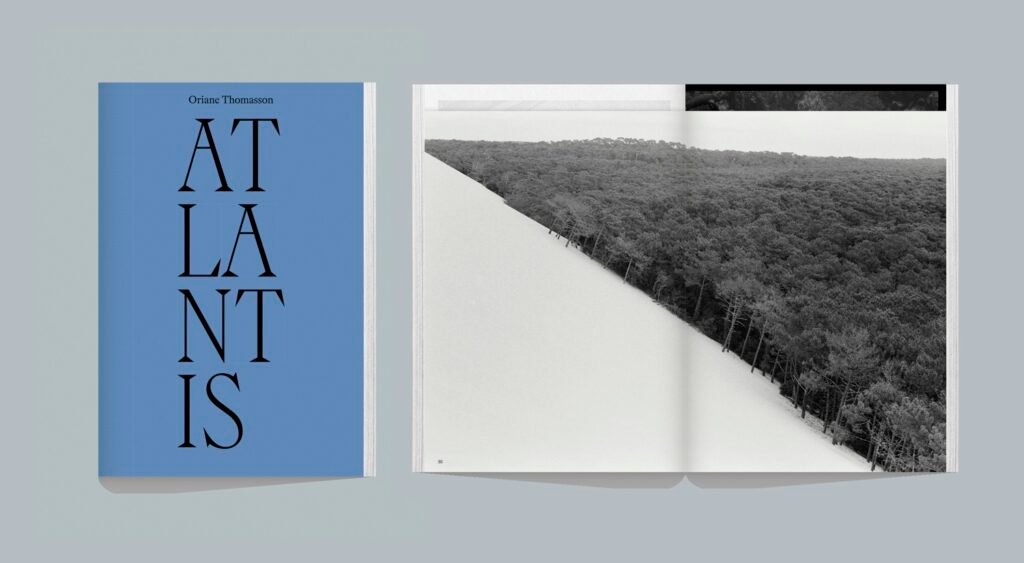
Oriane Thomasson is a French artist based in Brussels. Her first photo book, Paradis, was published by The Eriskay Connection in August 2022. Paradis has been presented at international fairs such as Unseen Amsterdam, the New York Art Book Fair, the Tokyo Art Book Fair, and Polycopies. Paradis was awarded one of the Best Dutch Book Designs 2022 and was shortlisted for the Prix du livre d’auteur at the Rencontres d’Arles, and was then exhibited during the 2022 Rencontres. It is now sold out.
The Paradis series was presented at the Chez Olivia gallery as part of the Photo Brussels Festival in 2024. Her work was also exhibited at Contretype in 2019 as part of Propositions d’artistes, and again in 2024 as part of the Pop-Up Flash Sales. She also participated in the Satellite Image Festival, organized by Sept Off in Nice in 2021, where she was nominated for the Caisse d’Épargne Prize and where a first installation of Atlantis was shown.
Oriane Thomasson studied at the ERG and in 2019, upon completing her studies, she was awarded the Roger de Conynck Prize, recognizing “a talented young photographer.”
